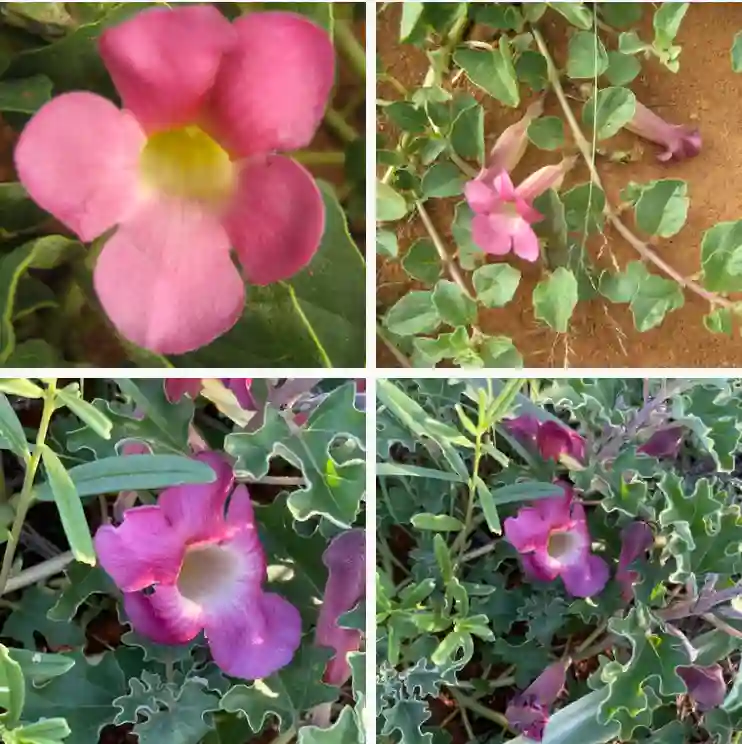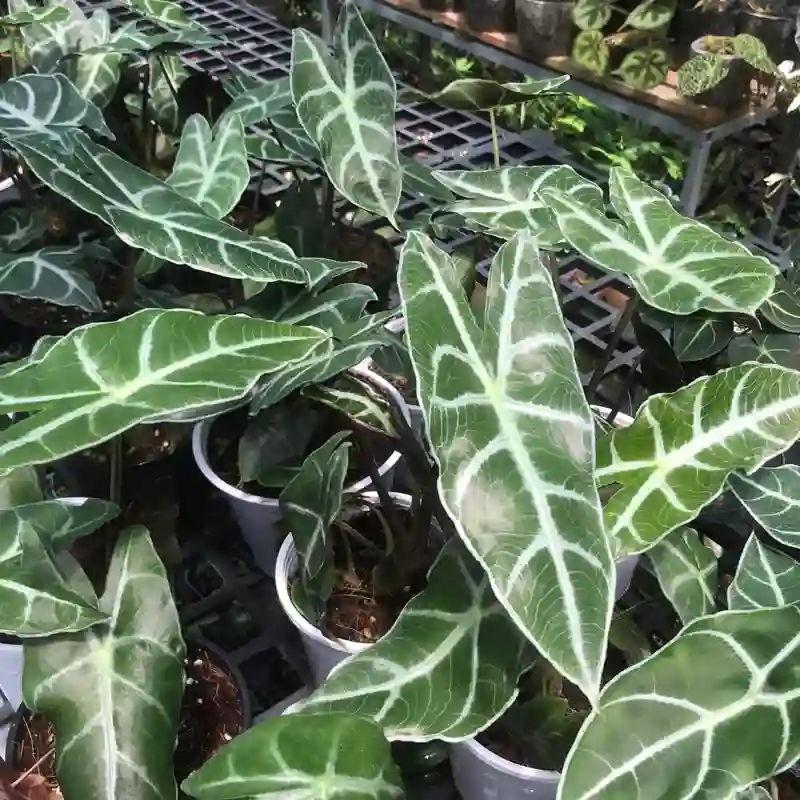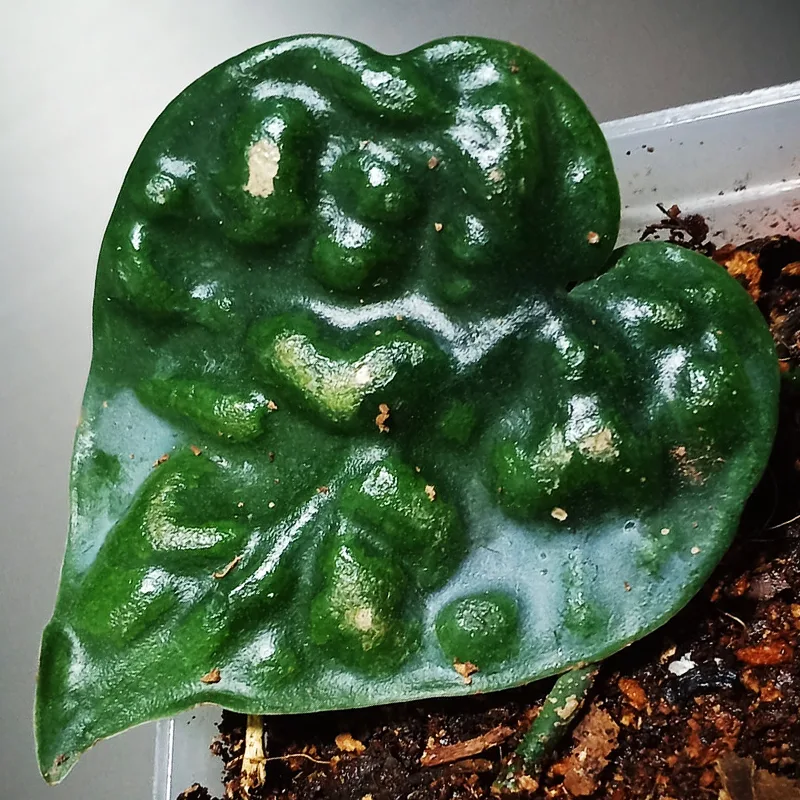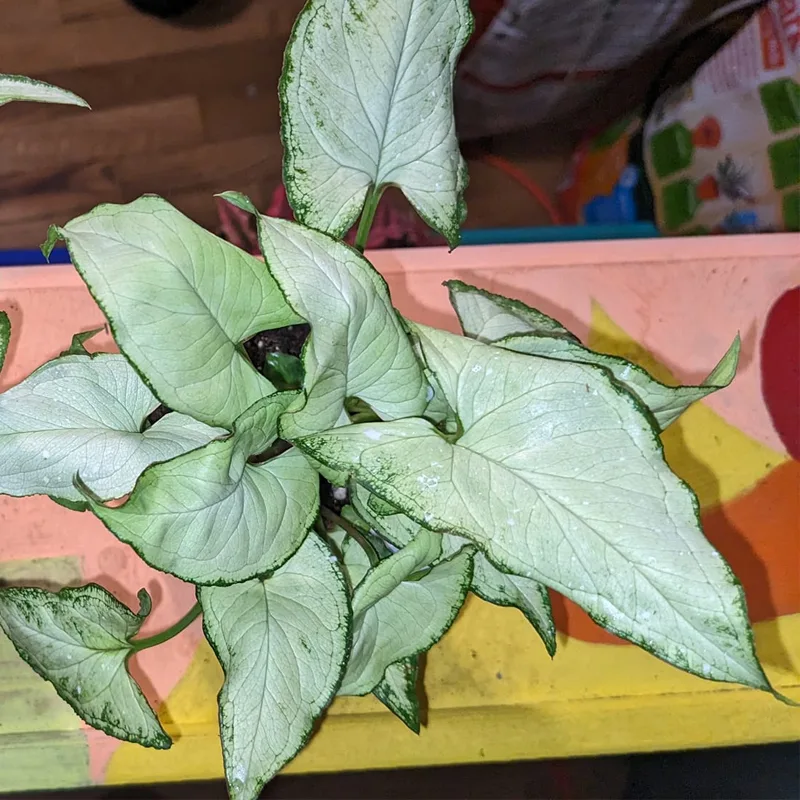What is Brazos Penstemon?
Brazos Penstemon, or Penstemon Tenuis, is a striking perennial plant that adds vibrant color and texture to any garden. Known for its tall spikes of tubular flowers, it blooms in shades of pink, purple, and sometimes even white. This plant is a member of the Plantaginaceae family and is native to North America, particularly the southern United States. Brazos Penstemon is highly valued for its ability to attract pollinators like bees, butterflies, and hummingbirds, making it an excellent choice for gardeners who want to support local wildlife.
288 Species in Genus Penstemon
How to Care for Brazos Penstemon?
Brazos Penstemon care is relatively straightforward, which is one of the reasons I love this plant. It thrives in well-drained soil and prefers full sun to partial shade. If you’re planting it in your garden, make sure the soil has good drainage because Brazos Penstemon doesn’t like to sit in waterlogged soil. Watering should be moderate; once established, this plant is quite drought-tolerant, which is perfect for areas prone to dry spells.
When it comes to feeding, Brazos Penstemon isn’t too demanding. A light application of a balanced fertilizer in the spring is usually sufficient to keep it thriving. I’ve found that mulching around the base of the plant helps retain moisture and keep the roots cool, especially during the hot summer months.
Pruning is another essential aspect of Brazos Penstemon care. Deadheading, or removing spent flowers, will encourage the plant to produce more blooms throughout the growing season. After the flowering season, you can cut the plant back to tidy up its appearance and prepare it for the next growing season.
How to Propagate Brazos Penstemon?
Propagating Brazos Penstemon can be done through seeds or cuttings. I prefer using cuttings because it’s a bit faster, and I can be sure I’m getting a clone of the parent plant with the same characteristics.
To propagate by cuttings, take a 4-6 inch stem cutting from a healthy plant in late spring or early summer. Remove the lower leaves, dip the cut end in rooting hormone, and plant it in a pot filled with a well-draining potting mix. Keep the soil moist but not soggy, and place the pot in a bright, indirect light. In a few weeks, you should see new growth, indicating that the cutting has rooted.
If you prefer to grow Brazos Penstemon from seed, collect the seeds in the fall after the flowers have faded. Sow them in a seed tray filled with a light, well-draining soil mix and cover them lightly with soil. Keep the soil moist, and place the tray in a sunny spot. Germination can take a few weeks, so be patient. Once the seedlings are large enough to handle, transplant them into the garden or individual pots.
What to Plant with Brazos Penstemon?
When planning a garden, I like to pair Brazos Penstemon with other plants that complement its vibrant flowers and similar growing conditions. Native grasses like Little Bluestem or Prairie Dropseed make excellent companions, adding texture and movement to the garden. I also love pairing Brazos Penstemon with other drought-tolerant perennials like Coneflowers, Black-eyed Susans, or Salvias. These combinations not only create a beautiful display but also support a wide range of pollinators.
Why Choose Brazos Penstemon for Your Garden?
Brazos Penstemon is not just a pretty plant; it’s a workhorse in the garden. Its long blooming season, drought tolerance, and ability to attract beneficial pollinators make it a valuable addition to any landscape. Plus, it’s relatively low maintenance, which is always a bonus in my book.
In addition to its practical benefits, Brazos Penstemon adds a vertical element to the garden, making it a great choice for adding height and drama to flower beds or borders. The tubular flowers are also a magnet for hummingbirds, which is a delightful sight in the garden.
How to Deal with Pests and Diseases?
One of the things I appreciate most about Brazos Penstemon is its resistance to pests and diseases. However, it’s not entirely immune. Occasionally, you might notice aphids or spider mites on the plant. A strong jet of water usually does the trick to remove them. If the problem persists, you can use insecticidal soap, but I always recommend trying the least toxic option first.
Fungal diseases can occur if the plant is kept too wet, particularly in poorly drained soil. Ensuring good air circulation and avoiding overhead watering can help prevent these issues. If you notice any signs of powdery mildew or rust, remove the affected parts and treat the plant with a fungicide if necessary.
Final Thoughts on Brazos Penstemon
In my experience, Brazos Penstemon is a versatile and resilient plant that brings both beauty and ecological benefits to the garden. Whether you’re a seasoned gardener or a beginner, this plant is a rewarding choice. Its ease of care, coupled with its stunning flowers, makes it a standout in any landscape. If you’re looking to add a touch of natural beauty to your garden while also supporting local wildlife, Brazos Penstemon should definitely be on your list.
If i die, water my plants!



